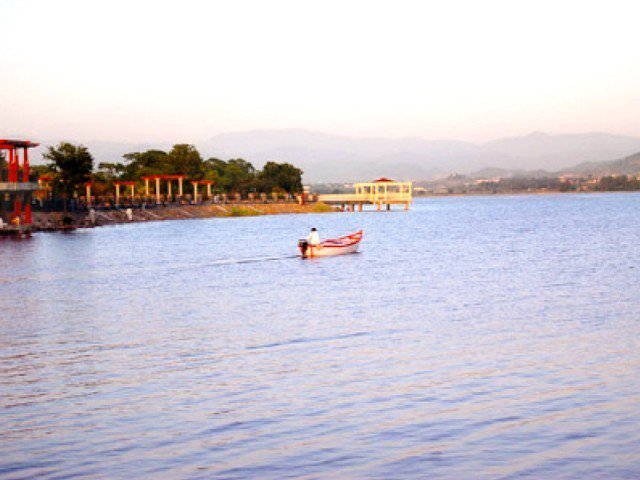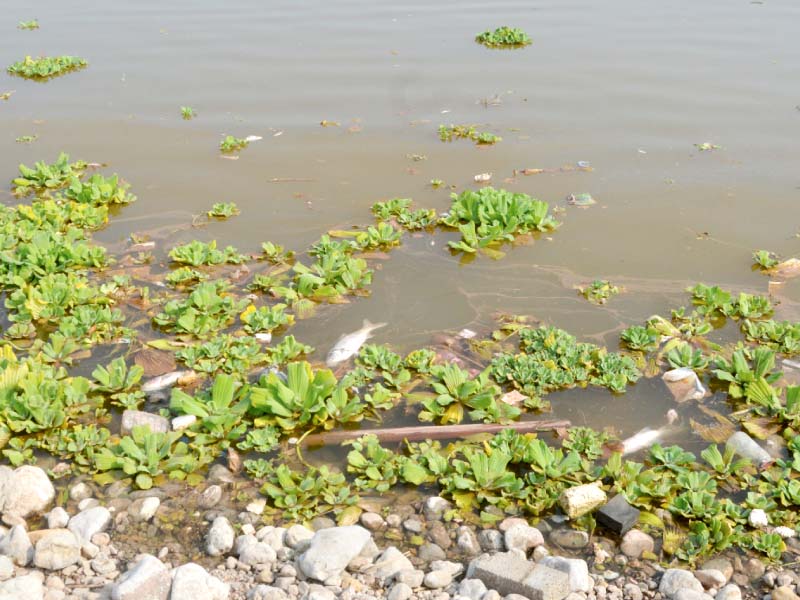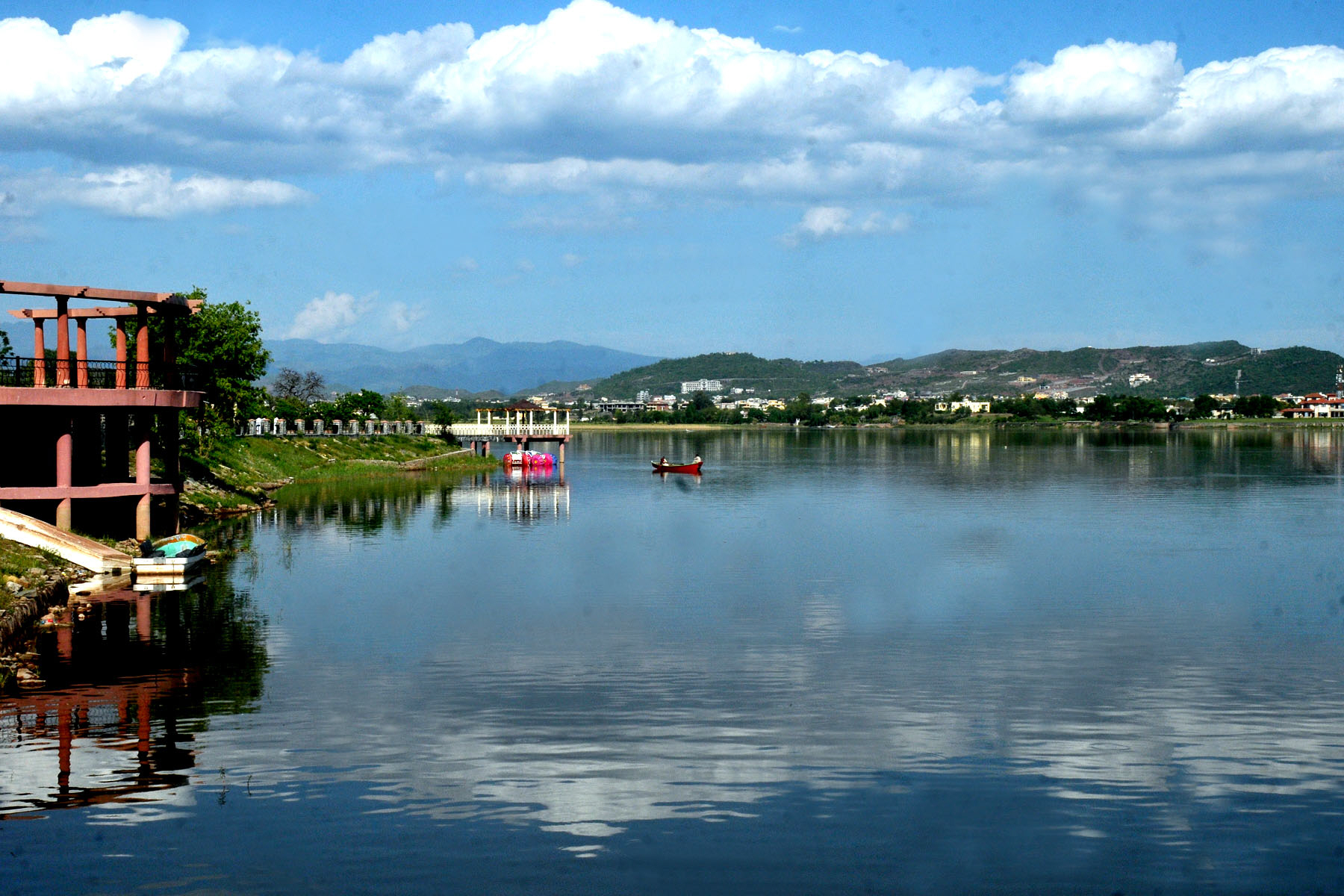
These findings were made through a research study carried out by taking out 65 samples of different species of fish from various locations at the Chenab River. Studies on the level of toxic elements into freshwater fish from Pakistan suggest that the rapid industrial and agricultural growth in the recent past has posed major threats to water resources in the country.
Expanding operations: Rescue services start along Chenab River
Titled as "Human exposure to trace metals and arsenic via consumption of fish from river Chenab, Pakistan and associated health risks", the research was published in the international journal of Chemosphere.
It was conducted by a group of eight scientists with Ambreen Alamdar, Syed Ali Musstjab and Nadia Hanif, from Institute of Urban Environment, Chinese Academy of Sciences, Xiamen china, Department of Bio Sciences, COMSATS Institute of Information and Technology, Islamabad, and Department of Environmental Sciences, International Islamic University, Islamabad, respectively, as its main authors,
About 65% of the sample fish had a higher Target Hazard Quotient (THQ) value for arsenic metal, while 5% had higher THQ values for cadmium, chromium, zinc and cobalt, indicating possible toxic effects for consuming population.
The THQ is known as a ratio of potential exposure to a substance, when value is greater than one, the product is considered to cause adverse health effects on humans. Overall, it was found that Cirrhinus reba, or Sooni, was the most toxic for human consumption within the examined fish population of the Chenab River.
NA panel rejects report on poison in Rawal Lake
According to the research, the herbivorous fishes such as the Cirrhinus reba and Catla catla, locally known as Sooni and Thaila, respectively, were found to be more readily accumulating trace elements such as arsenic, zinc, copper, and manganese through the water.
While in comparison, carnivorous species such Sperata sarwari (singhari), and Wallago attu commonly known as Mullee) were accumulating Chromium, Nickel and Lead via sediment and their diet through the bio-magnification process.
The research further revealed that when compared with international standards set by the Food and Agriculture Organisation (FAO) and the World Health Organisation (WHO) Expert Committee on Food Additives, the concentration of As (Arsenic) was found to be higher than the limits permissible for human consumption.
Published in The Express Tribune, September 21st, 2017.






































COMMENTS (1)
Comments are moderated and generally will be posted if they are on-topic and not abusive.
For more information, please see our Comments FAQ